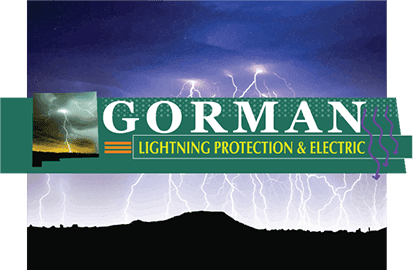Did you know that you could have hundreds or even thousands of feet of electrical wire in a 2,000-square-foot house? This means that there are many areas where potential defects could occur.
The Electrical Safety Foundation recommends that you hire a licensed residential electrician for your home electrical safety inspection. There are certain times when an inspection should be done. When you purchase a new home, a professional should inspect the electrical installation and all its components.
If your home is not new, it should be inspected before you buy. You should also have an inspection if your house is over 40 years old. When your house is undergoing renovations, an inspection is called for. Many experts suggest having an inspection when you install an appliance such as a refrigerator or a dryer.
The electrical inspector can tell if the wiring is up to date and in good working order. Electrical standards are outlined in the National Electrical Code (NEC). The NEC is a portion of the National Fire Codes that the National Fire Protection Association (NFPA) publishes, so it may also be known as the NFPA 70.
The NEC has standards for commercial and industrial facilities as well as for residential structures. All 50 states have adopted the NEC that electrical professionals follow. This code contains the most recent regulations for wiring, grounding, overcurrent protection, and equipment installation.
The electrical inspector will check all of the receptacles or outlets in your home. These receptacles must have no physical defects or cracks and they should be properly grounded.
Areas that are subject to moisture ought to have ground fault circuit interrupters (GFCI). These potentially wet or damp areas include kitchens, bathrooms, basements, laundry rooms, garages, and outdoor outlets. A GFCI is a wonderful way to be sure that the circuit shuts off quickly if moisture causes it to short circuit.
Electrical service panels, also called load centers, are typically mounted inside the house in a utility room, the basement, garage, or it may even outside. The panel contains the breakers along with the wires that make up the circuits in your home.
The inspector will look for visible damage including rust, charring and burn marks, loose breakers, breakers that feel warm, and the absence of the main disconnect switch. Older homes may still have a fuse box where you screw in fuses. Many people have added pennies behind the fuses which is very dangerous. The copper pennies prevent the fuses from blowing if they are overloaded. Eventually, the wiring melts, and a fire could occur.
Each year thousands of injuries and hundreds of deaths occur due to faulty wiring systems. In fact, electrical outlets alone are responsible for over 5,300 house fires and more than 40 deaths every year according to the Electrical Safety Foundation International organization.
You ought to have a home electrical safety inspection every six months, particularly if your house is over 40 years old. This will help put your mind at ease for the safety and well-being of your family.
If you’re in the process of remodeling your home, these safety tips are a must!


